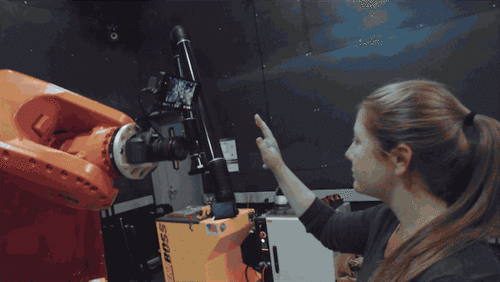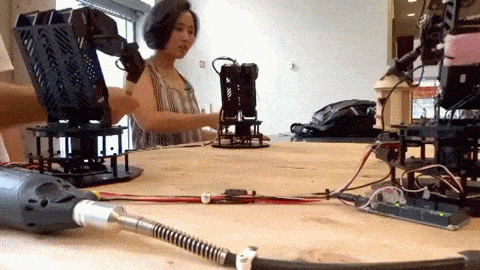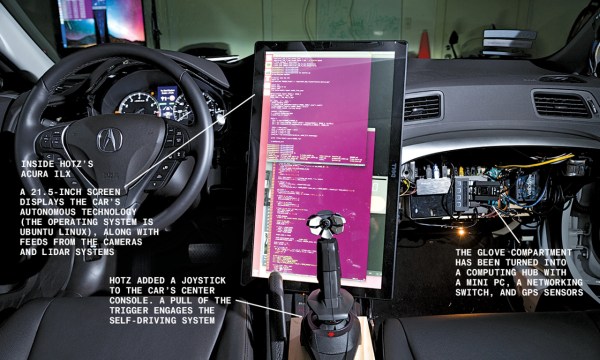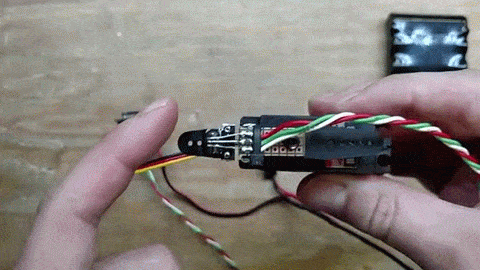RC servos are handy when you need to rotate something. You can even modify them to rotate continuously if that’s what you need. However, [Roger Rabbit] needed linear motion, but wanted the simple control afforded by an RC servo. The solution? A 3D printed housing that converts a servo’s rotation into linear motion.
The actuator uses five different parts, a few screws, and a common RC servo. The video shows the actuator pushing and pulling a 200g load with a 6V supply. There’s some room for adjustment, so different servos should work.
Continue reading “3D Printed RC Servo To Linear Actuator Conversion”

















